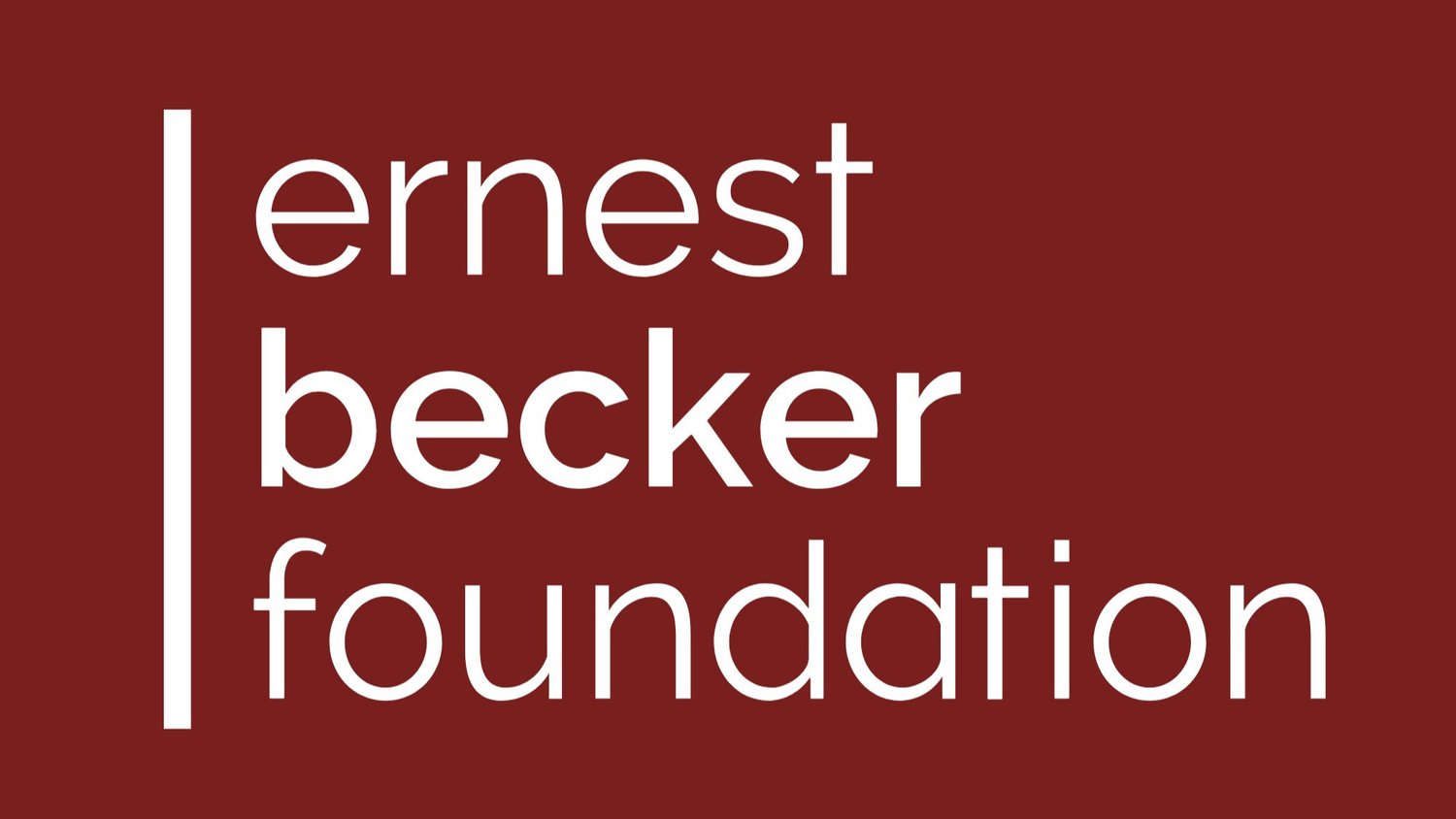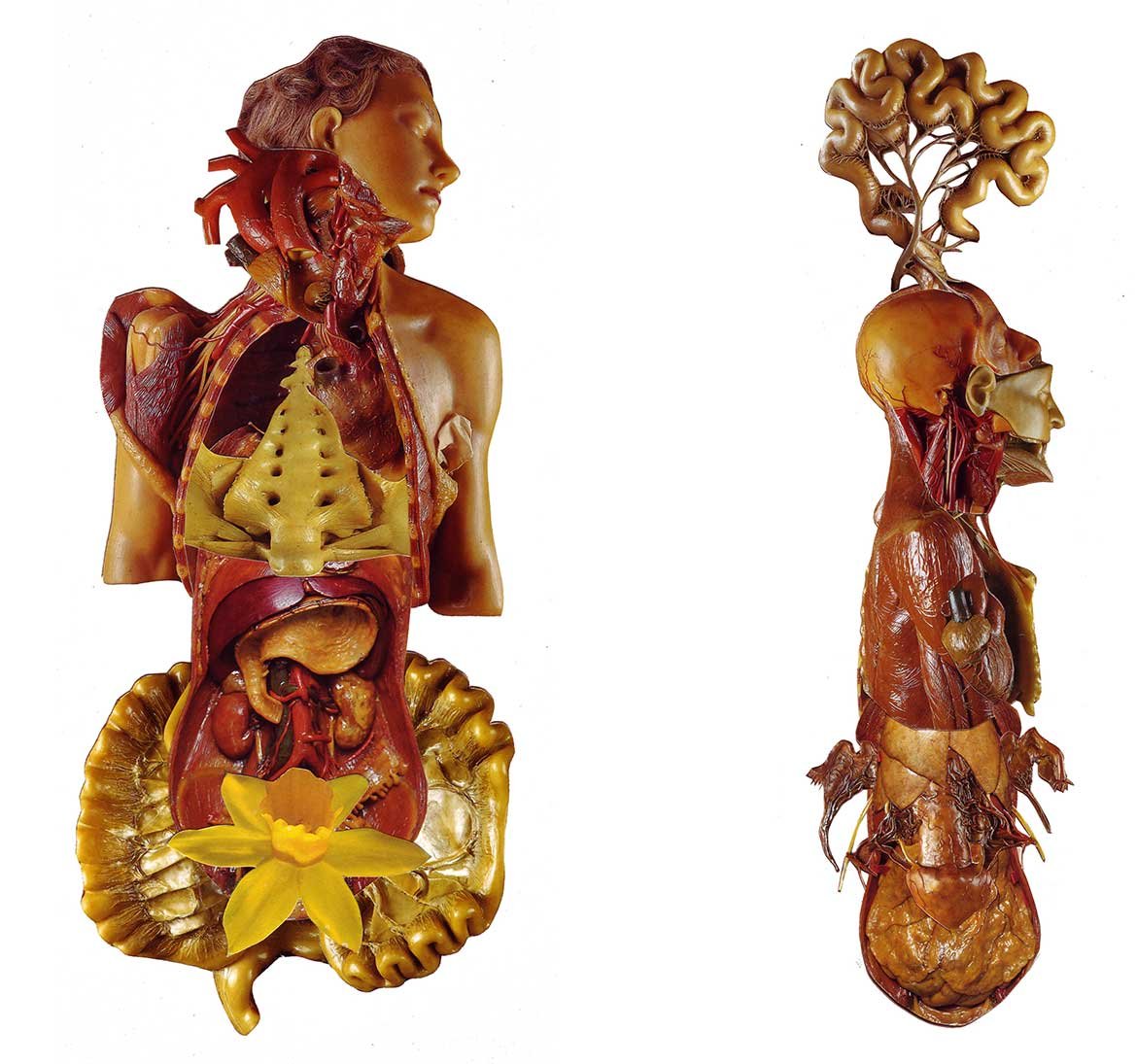Becker-Inspired Visual Artist, Ashkan Honarvar
An interview with Ashkan Honarvar
Ashkan Honarvar currently lives and works in Norway as a visual artist. Born in Shiraz/Iran, he fled the country with his parents at age seven during the Iran-Iraq war. They moved to the Netherlands, where he studied visual communication at the school of arts in Utrecht.
Personal Statement:
For over a decade now, misuse of power has played a big role in my work. I have focused on wars, genocides and politics. At the same time, I have also worked with more metaphysical subjects like life, death and reality. Recently my focus has grown towards the relationship dynamics between the victim and the offender. These projects are mostly from the victims perspective. Sexuality, femininity and the human nature plays a big role here. Most of my projects originate from a question. Why do we do the things we do? From there on I try to find answers through my work.
Click here to see Ashkan’s work and click here for his project on Becker.
How did you discover collage art and what do you like about this style particularly? What does it allow you to do that other styles might not?
I always had an interest in drawing so I studied Illustration and visual communication in the Netherlands, and in the last year of school I got more and more introduced to, or curious about, collage. The first artist who I ever saw doing collage art was a German artist whose pen-name is John Heartfield. He fled Germany and made anti-Nazi propaganda. I remember seeing his pieces in art history class in high school and they really left an impression. I really liked the rawness of and the directness of his art; it hits you hard when you see it.
So I started doing it myself. I did a lot digitally at first, but then I noticed that when I did the handmade stuff, physically cutting and pasting from books and magazines from different eras, it was so much more rewarding. When you do it in photoshop there are no restrictions, but with physical collage, restrictions are what create magic. When you work all day and two different shapes collide into each other perfectly, and one is from a book from the ‘20s and the other is from a book from last year, just wow. I guarantee you that you can’t recreate that in photoshop because restrictions create beautiful accidents and beautiful connections.
Where do you find your images and how do you get them?
All of them are from books I buy at second hand stores, or on eBay. Everything is handmade and physical. I don’t make anything digital. Everything gets hand cut, I use a small knife that rotates 360 degrees around its axis and then I glue it. And then I scan it when it’s done.
When did you discover Becker, and what made you connect with him and want to use his ideas in your art?
After design school I applied for a grant which gave me freedom to do whatever I wanted to do artistically. All my projects were connected to extreme situations or moments in the past or present, like wars or genocides. I felt like a scientist almost, examining these things and using the collage like a coffee filter, putting chaos in and using collage technique to filter out meaning, or a place, or an answer. I kept trying to find more answers, and for the first few years I was focusing on the question of where evil comes from. I read many books on the subject of evil and the human condition, and I became a little bit crazy during that period I think [laughs]. I heard about Denial of Death somewhere—it was connected to Woody Allen—yes, in Annie Hall! I had an immediate pull towards the title of the book. I read some quotes and the quotes had so many good points that I finally got a copy.
Since English isn’t my first language, I was pleased to find that it wasn’t written in an extremely academic way, so I could understand it and I could explain it to everyone around me, to my friends. The book answered so many questions I had, like where evil comes from. Because of Becker I understood it. At one point in the book he says in a clear way that the majority of the bad things or what we see as evil always originates as people wanting to do good, or what they see as good. Even the SS, many of them were thinking that they were “doing good.” So evil has its origins in wanting to do good. It was so poetic and so clear. When I look back at it now I also feel a little bit sad about it because it also closed a chapter for me on so many levels. But when I talk about these subjects with people and we get a bit philosophical I always refer to him and talk about the insights Ernest Becker had written. So yea, he really means a lot to me. My projects kind of changed afterwards too. They became clearer, and they brought a lot of rest in a way.
You had a series—finding Hitler—which seems to be suggesting that we all have this good and evil in us. Is that something that you believe, and if so is this something that gives you hope or despair for the future?
It’s funny because that project was made in the first year I was doing this, maybe 9 or 10 years ago, way before I discovered Becker. So this was during a moment that I was really searching. There is this beautiful interview with John Lennon where he said “We all have a Hitler and a Jesus in us.” And I thought that quote was so beautiful, so I thought of Finding Hitler, almost as if you’re physically going to try to find him. At that time I was into human anatomy and fascinated with medical imagery so you’ll see that incorporated in the project.
It’s funny because after I discovered Denial of Death I stopped focusing on local conflicts and started focusing on more metaphysical things. The questions became vaguer and broader and more universal and not so local, as if I just floated away from earth when I got these answers. So maybe it didn’t matter so much anymore to try to focus and find answers on local conflicts, but rather more global.
It means a lot to me to be interviewed by the Ernest Becker Foundation because the book means so much to me. Thanks again.
We look forward to seeing more of your projects in the future.






